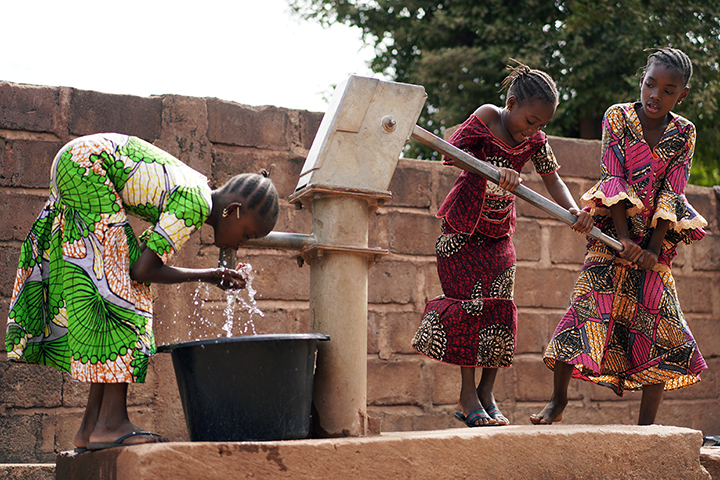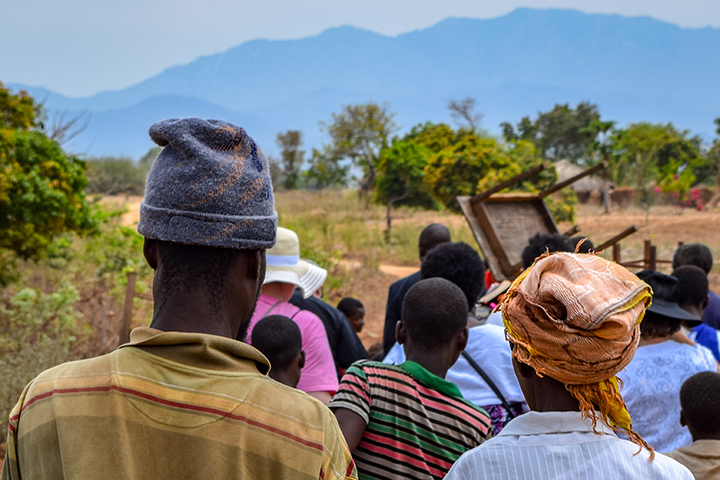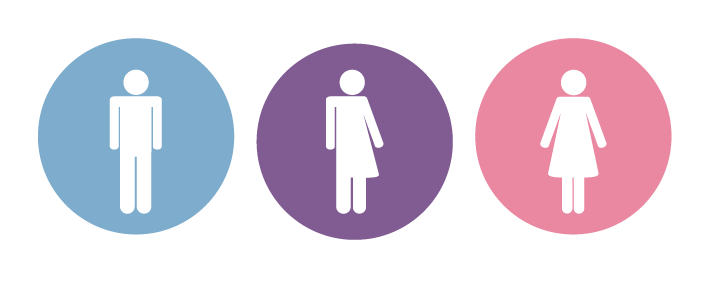Antimicrobial resistance (AMR), part 2

In this case study Overview Antimicrobial resistance (AMR) occurs when disease-causing germs are able to withstand the killing or suppressing power of antimicrobial medicines. This phenomenon increases the global infectious disease burden and puts a strain on health systems. This course builds on the Antimicrobial resistance (AMR), part 1, course, which provides an overview of […]
Impact of AMR and international response
Learning objectives After completing this session, learners will be able to do the following: Describe the impact of AMR on individuals, society, health systems, and global health goals Identify key international responses to AMR Impact on individuals: Increased mortality Based on what we have seen so far in the course, you might find it easy […]
The impact of AMR on specific diseases of Public Health importance
As discussed in the previous section, the infectious disease burden, greatest in low- and middle-income countries, is significantly complicated by increasing antimicrobial resistance. And while bacterial resistance to antibiotics is of chief concern, strains of resistant parasites, viruses, and fungi also represent clear public health threats. In the past, conditions such as pneumonia, diarrhea, malaria, […]
Antimicrobial resistance (AMR), part 1

In this case study Learning objectives After completing this session, learners will be able to do the following: Define antimicrobial resistance and the mechanisms through which it occurs Describe the global size and scope of antimicrobial resistance Explain how and why antimicrobial resistance spreads and identify key drivers Background In 1928, Alexander Fleming made a […]
11. Knowledge check: Gender analysis

Gender AnalysisKnowledge Check Now that you’ve completed this session, test your knowledge on this subject. Taking this quiz will reinforce key points and identify gaps in learning. Question Gender analysis is: A systematic way of examining the differences in roles and norms for women and men, girls and boys. A systematic way of assessing the […]
10. Conducting the gender analysis

Gender analyses can and should take place at every stage of the project cycle. The process should be systematic and all results should be documented to ensure that the program is able to appropriately address the (often complex) gender issues identified. Sources of data for gender analysis include: published research studies and other existing quantitative […]
9. Case study: Women’s involvement in Malawi

Community health workers (CHWs) for a health program in Malawi are mostly men. This is typical in Malawi because job descriptions for CHW positions require a high school diploma even when they are not necessary to be successful in the position. Few women in Malawi attend high school, often due to inequitable gender norms. A mix of providers, […]
8. Gender analysis

Building Awareness There is a systematic method to identify gender norms and inequities through gender analysis, beginning with building awareness. Health professionals should consciously question how their projects and programs address gender. Understanding key analytic concepts and questions can help you to identify concrete linkages between gender and health in the specific program or policy […]
1. Gender terms and concepts

What is the Difference Between Sex and Gender? Sex is the classification of people as male or female. At birth, infants are assigned a sex based on a combination of bodily characteristics including: chromosomes, hormones, internal reproductive organs, and genitalia. For example: Parents, family, and friends are often eager to learn the sex of a baby. Gender is […]
2. Case study: PROCOSI

In Bolivia, women suffer from higher rates of poverty, illiteracy, unemployment, and gender-based violence, and lower rates of political participation than men. Healthcare clinics often overlook the inequities between women’s and men’s lives, including power, decision-making capacity, and access to resources, as well as varying communication patterns. These inequities limit women’s ability to access and […]